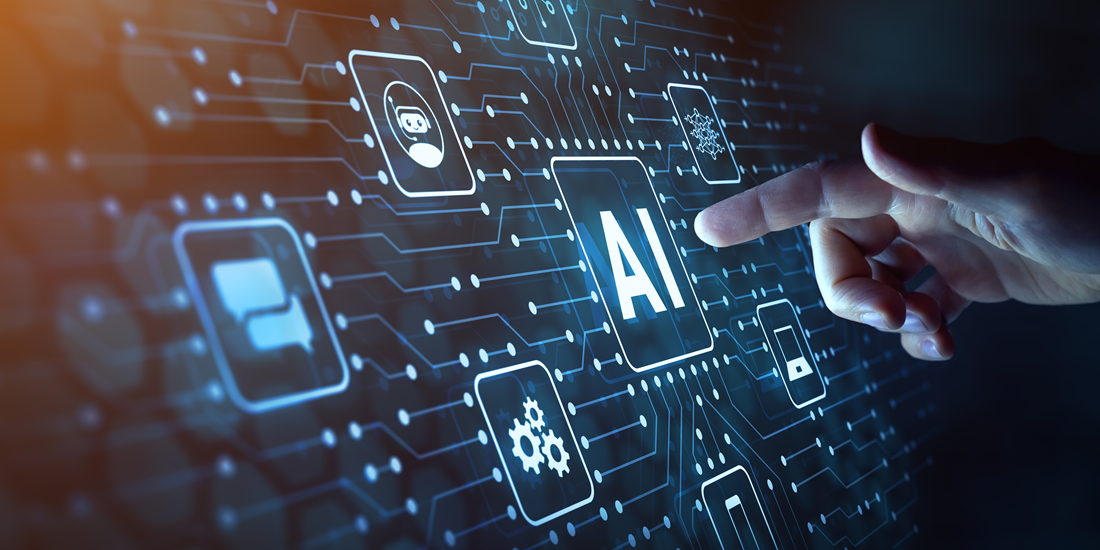The below is a summary of my recent article on how Gen AI changes cybersecurity.
The meteoric rise of Generative AI (GenAI) has ushered in a new era of cybersecurity threats that demand immediate attention and proactive countermeasures. As AI capabilities advance, cyber attackers are leveraging these technologies to orchestrate sophisticated cyberattacks, rendering traditional detection methods increasingly ineffective.
One of the most significant threats is the emergence of advanced cyberattacks infused with AI’s intelligence, including sophisticated ransomware, zero-day exploits, and AI-driven malware that can adapt and evolve rapidly. These attacks pose a severe risk to individuals, businesses, and even entire nations, necessitating robust security measures and cutting-edge technologies like quantum-safe encryption.
Another concerning trend is the rise of hyper-personalized phishing emails, where cybercriminals employ advanced social engineering techniques tailored to individual preferences, behaviors, and recent activities. These highly targeted phishing attempts are challenging to detect, requiring AI-driven tools to discern malicious intent from innocuous communication.
The proliferation of Large Language Models (LLMs) has introduced a new frontier for cyber threats, with code injections targeting private LLMs becoming a significant concern. Cybercriminals may attempt to exploit vulnerabilities in these models through injected code, leading to unauthorized access, data breaches, or manipulation of AI-generated content, potentially impacting critical industries like healthcare and finance.
Moreover, the advent of deepfake technology has opened the door for malicious actors to create realistic impersonations and spread false information, posing reputational and financial risks to organizations. Recent incidents involving deepfake phishing highlight the urgency for digital literacy and robust verification mechanisms within the corporate world.
Adding to the complexity, researchers have unveiled methods for deciphering encrypted AI-assistant chats, exposing sensitive conversations ranging from personal health inquiries to corporate secrets. This vulnerability challenges the perceived security of encrypted chats and raises critical questions about the balance between technological advancement and user privacy.
Alarmingly, the emergence of malicious AI like DarkGemini, an AI chatbot available on the dark web, exemplifies the troubling trend of AI misuse. Designed to generate malicious code, locate individuals from images, and circumvent LLMs’ ethical safeguards, DarkGemini represents the commodification of AI technologies for unethical and illegal purposes.
However, organizations can fight back by integrating AI into their security operations, leveraging its capabilities for tasks such as automating threat detection, enhancing security training, and fortifying defenses against adversarial threats. Embracing AI’s potential in areas like penetration testing, anomaly detection, and code review improvements can streamline security operations and combat the dynamic threat landscape.
While the challenges posed by GenAI’s evolving cybersecurity threats are substantial, a proactive and collaborative approach involving AI experts, cybersecurity professionals, and industry leaders is essential to stay ahead of adversaries in this AI-driven arms race. Continuous adaptation, innovative security solutions, and a commitment to fortifying digital domains are paramount to ensuring a safer digital landscape for all.
To read the full article, please proceed to TheDigitalSpeaker.com
The post Evolving Cybersecurity: Gen AI Threats and AI-Powered Defence appeared first on Datafloq.










